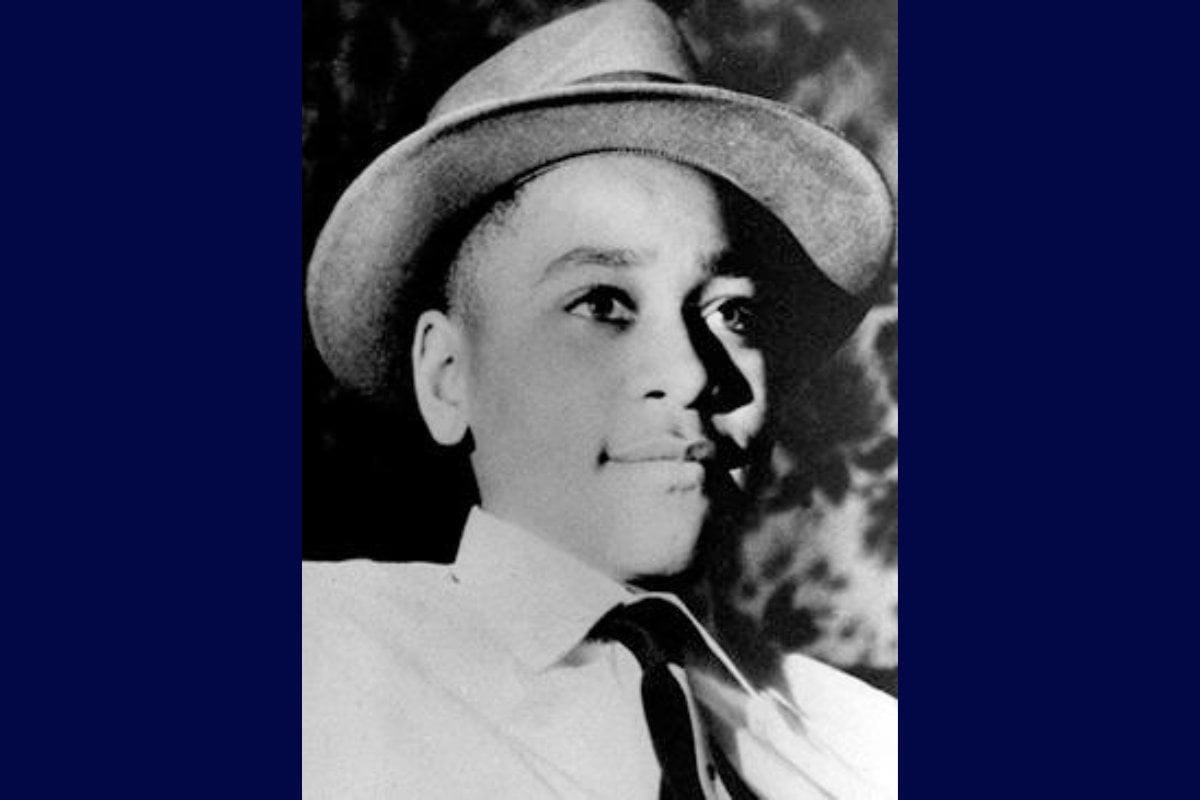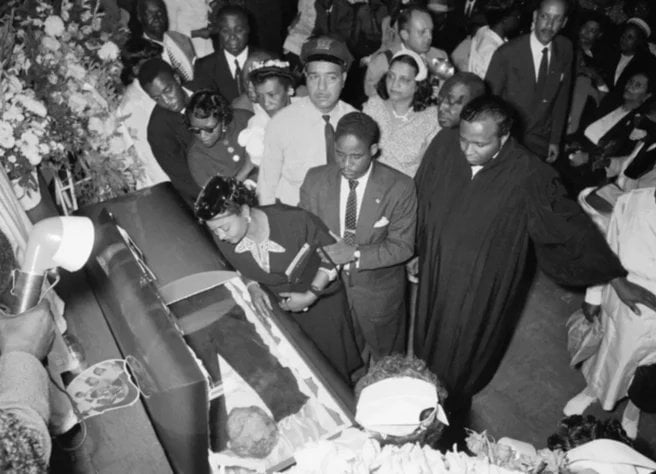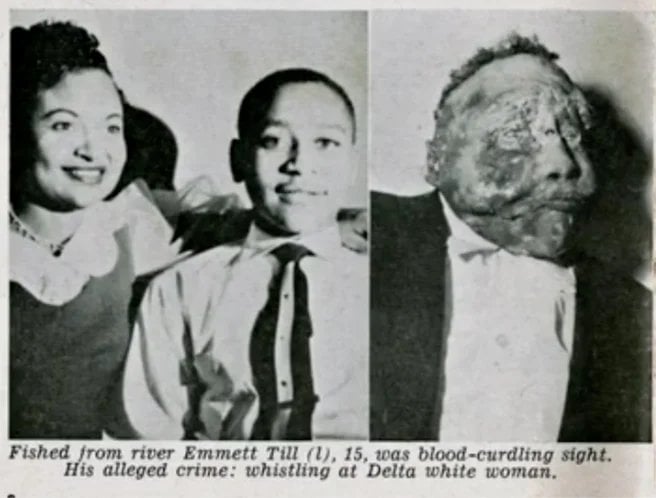
This story contains depictions of violence and images of injuries that readers might find distressing.
When Mamie Till visited her son’s lifeless body after he was beaten to death, he was so disfigured that a ring he wore was the only thing that could identify him.
The sheriff called for the 14-year-old boy to be buried immediately. Instead, Mamie wanted the world to see him.
Emmett Till was born in 1941 and raised in Chicago. He contracted polio as a child, leaving him with a speech impediment. His mother taught him how to whistle to overcome his stutter.
In August 1955, Emmett was visiting family in Money, Mississippi. He stopped by a grocery store, where he encountered a woman named Carolyn Bryant working behind the counter.
What happened between Emmett and Carolyn in the store has been a matter of conjecture over many years. She claims the boy wolf-whistled at her.
Four days later, Carolyn's husband, Roy Bryant, and his half-brother, JW Milam, both Army veterans, kidnapped Emmett at gunpoint from his great-uncle's house.
The men took him to a barn about 45 minutes away and tortured him.
They beat him, shot him, strung barbed wire around his neck and removed one of his eyes, before dumping his body in the river.
Emmett's injuries were so significant, his features could not be distinguished when he was pulled from the water.
Mamie was then called to identify her son – who looked nothing like her son anymore – and bravely decided to have an open casket, public showing.


